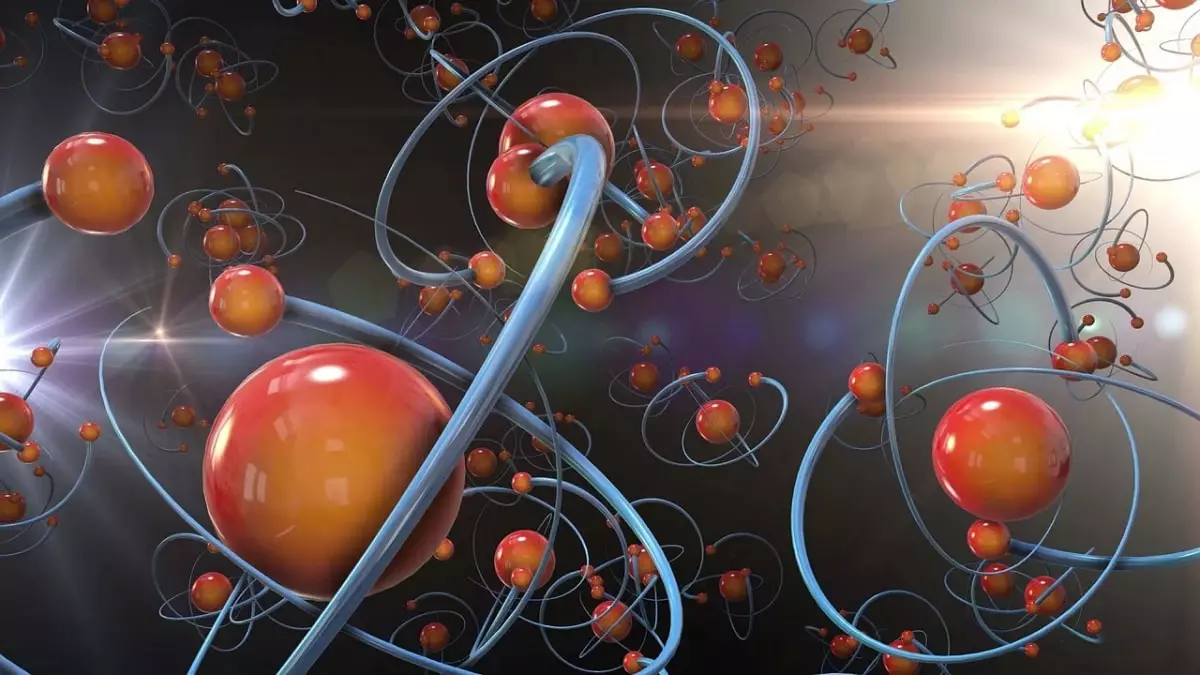As humanity’s scientific understanding expands, the cosmos holds an increasingly important rolе in unraveling the origin of life on Earth and potentially beyond. Recent explorations and studies have emphasized the presence of organic molecules—organic compounds that represent the foundation of biological systems—throughout the universe. These compounds appear as vital players in our scientific quest, acting as vital clues to the mystery of how life may have begun in the first place. Notable missions like the European Space Agency’s Rosetta and NASA’s Osiris-Rex have gathered data, revealing a landscape rich in organic chemistry across various celestial bodies and environments.
Recent findings have traced organic molecules to places such as interstellar clouds, comets, and asteroids, revealing them as assorted reservoirs of the necessary ingredients for life. For instance, data from Rosetta’s exploration of comet 67P/Churyumov-Gerasimenko uncovered 44 unique organic compounds, including glycine, which is crucial for the formation of proteins, and dimethyl sulfide, signaling biological activity as observed on our planet. What resonates deeply from these findings is the stark implication that these building blocks of life were present in the cosmos well before our Earth, or indeed any planet, came into existence.
Asteroids also offer a trove of organic materials. The Japan-led Hayabusa2 and NASA’s Osiris-Rex missions have recently returned samples from asteroids Ryugu and Bennu respectively, unveiling a myriad of organic compounds—tens of thousands to be precise. Scientists like Philippe Schmitt-Kopplin from the Technical University of Munich have heralded this as evidence that “everything possible from which life could emerge” might already exist among the stars, challenging the notion that life is an exclusive phenomenon tied solely to Earth.
The formation of these organic molecules is theorized to occur via two primary mechanisms: through combustion-like processes in dying stars and on icy dust grains present in molecular clouds. In the latter setting, radiation and cosmic rays catalyze the synthesis of simple organic compounds, like methanol, on these frigid grains. Notably, it has been established that glycine, known as the simplest amino acid, can arise under these unique astrophysical conditions. This emphasizes not just the widespread nature of these molecules but also the advanced molecular complexity that can materialize even in the absence of traditional planetary systems.
As protoplanetary disks emerge—the swirling regions where stars and planets develop—they too hold a rich bounty of organic compounds. The Atacama Large Millimeter Array (ALMA) has detected methanol and other organic molecules within these disks, providing insights into how these compounds might survive the tumultuous processes surrounding planetary formation and how they can contribute to further chemical evolution, fortifying the potential for life.
The complex nature of these organic compounds reveals profound implications for the field of astrobiology. The molecules might serve as biosignatures, indicating the possible presence of life elsewhere in our universe. Upcoming missions, including NASA’s Dragonfly expedition to Saturn’s intriguing moon Titan, aim to delve deeper into environments that seem ripe for life, spanning hydrocarbon lakes and dense atmospheres laden with organic compounds.
These emerging narratives around organic chemistry strongly support the existence of life’s building blocks well beyond our blue planet, fostering optimism that life might be thriving in distant reaches of the cosmos. As we continue to push the boundaries of our cosmic understanding through advanced exploration, one fundamental truth emerges: we are not just Earth’s inhabitants but cosmic travelers, surrounded by a universe richly endowed with the elements of life. Thus, the hope for discovering life beyond our own planet remains ever alive.


Leave a Reply